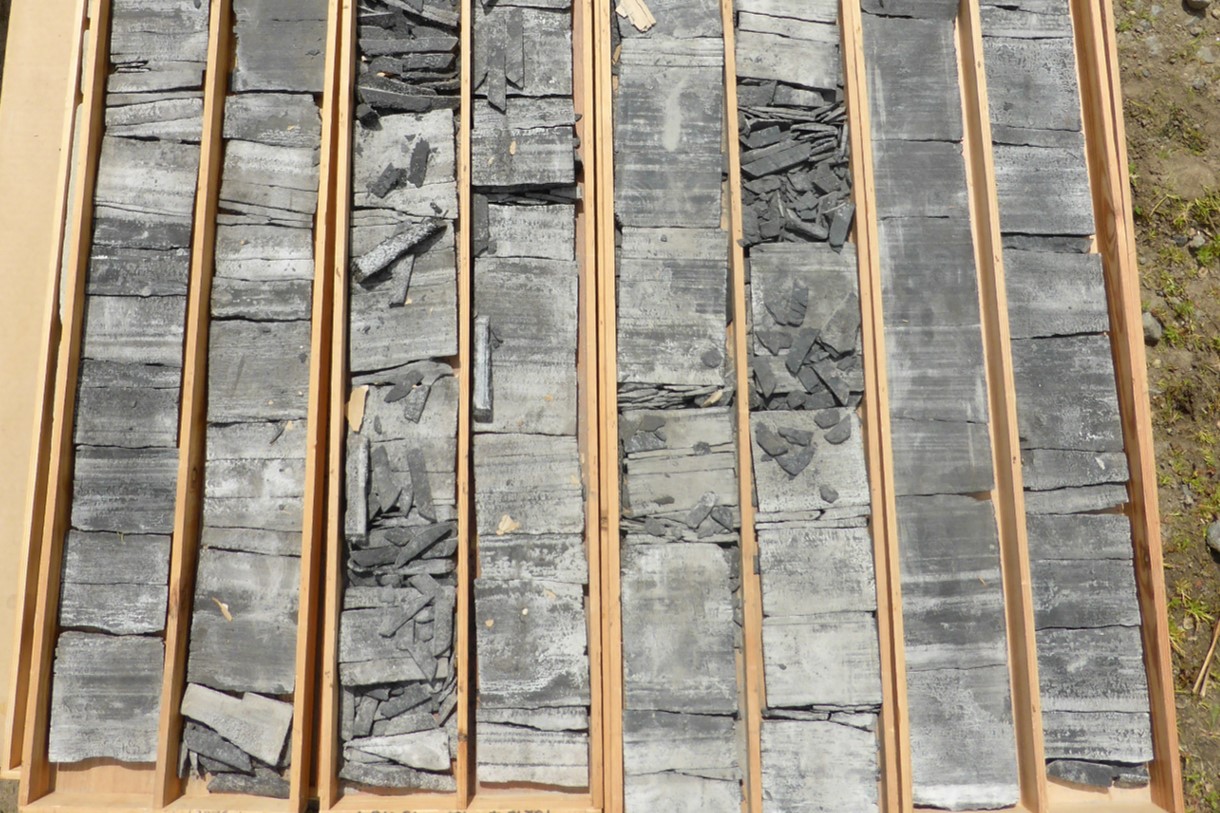A recent re-evaluation of a large database of conventional source rock analyses and pyrolysis data show that the Kimmeridge Clay Formation of the UK contains large volumes of residual (i.e. unexpelled) oil buried below about 3.2 km.
That concludes Munira Raji, who finished her PhD research project at Durham University in 2018, investigating the geochemical aspects of the Kimmeridge Clay/Draupne formations in the South Viking Graben and adjacent areas.
A low expulsion efficiency
In general, it can be assumed that petroleum expulsion efficiency from a source rock is about 2-12 %, suggesting that significant amounts of un-expelled oil and gas remain within the source rock and in the migration paths of the basin.
Knowing that about 45 billion barrels of oil reserves were primarily sourced from the Kimmeridge Clay, there is between 330 and 2,205 billion barrels left in the ground depending on whether a 2% or 12% expulsion factor is used.
If these numbers demonstrate anything it is that the volume of oil extracted from the North Sea is just a fraction of what is still there. But what is the best area to potentially explore this resource?

Sweet spots
The aim of Munira’s work was to produce a dataset that helps identify the sweet-spots1 from where extraction of oil from the Kimmeridge Clay and intercalated sandstone stringers can be done in the most efficient way.
She looked at parameters such as TOC, maturity, maceral distributions, mineralogy and porosity, both from published data as well as newly obtained laboratory measurements on core samples.
Based on the analysis of the data, Munira concluded that UK Quadrant 16 is one of the best areas when it comes to prospectivity of the unconventional Kimmeridge Clay oil play with a choice of early, mid and late oil-mature source rocks for exploitation and the selection of optimum sand-shale ratio for production.
The reason being that it is buried sufficiently deeply to be in the oil/early gas generation window at the present day and there are sand stringers that enhance producible volumes. Finally, the thickness of the formation is large, leaving ample vertical “wiggle room” for horizontal wellbores to land.
Advantage over onshore unconventional exploration
Compared to onshore UK unconventional resources, the offshore Kimmeridge Clay play offers significant advantages: continuous subsidence in the North Sea allows drilling directly into an actively generating world class oil-prone silty source rock; the availability of infrastructure; the ability to perform hydraulic fracturing and the existence of the modern seismic data as well as a wealth of geochemical data from conventional exploration.
With rising oil prices the quest for more unconventional oil will surely be re-ignited, increasing the chances that the Upper Jurassic shale play will enter the kitchen of commercial screening once again.
HENK KOMBRINK
Munira’s PhD thesis can be viewed and downloaded here; she also published her research in Marine and Petroleum Geology.
Additional note: Dr. Munira Raji is seeking research funding from O&G companies interested in hybrid shale play systems to perform more research in order to support their exploration efforts in the UK and Norwegian waters. Please get in touch with her through email (muniraraji@googlemail.com), Twitter (@TheDroneLady) or LinkedIn for more information.
1A sweet-spot has been defined as an area with certain reservoir properties and attributes where well penetration will be most economical for optimum recovery. Predicting the sweet-spot areas where well penetration will be most economical is critical for the assessment and evaluation of unconventional reservoirs. Integration of certain reservoir parameters such as lithology, mineralogy, area extent, depth, thicknesses, total organic carbon (TOC), maturity, porosity, permeability and adsorption capacity of source rocks is important for the identification and mapping of sweet-spot areas.





